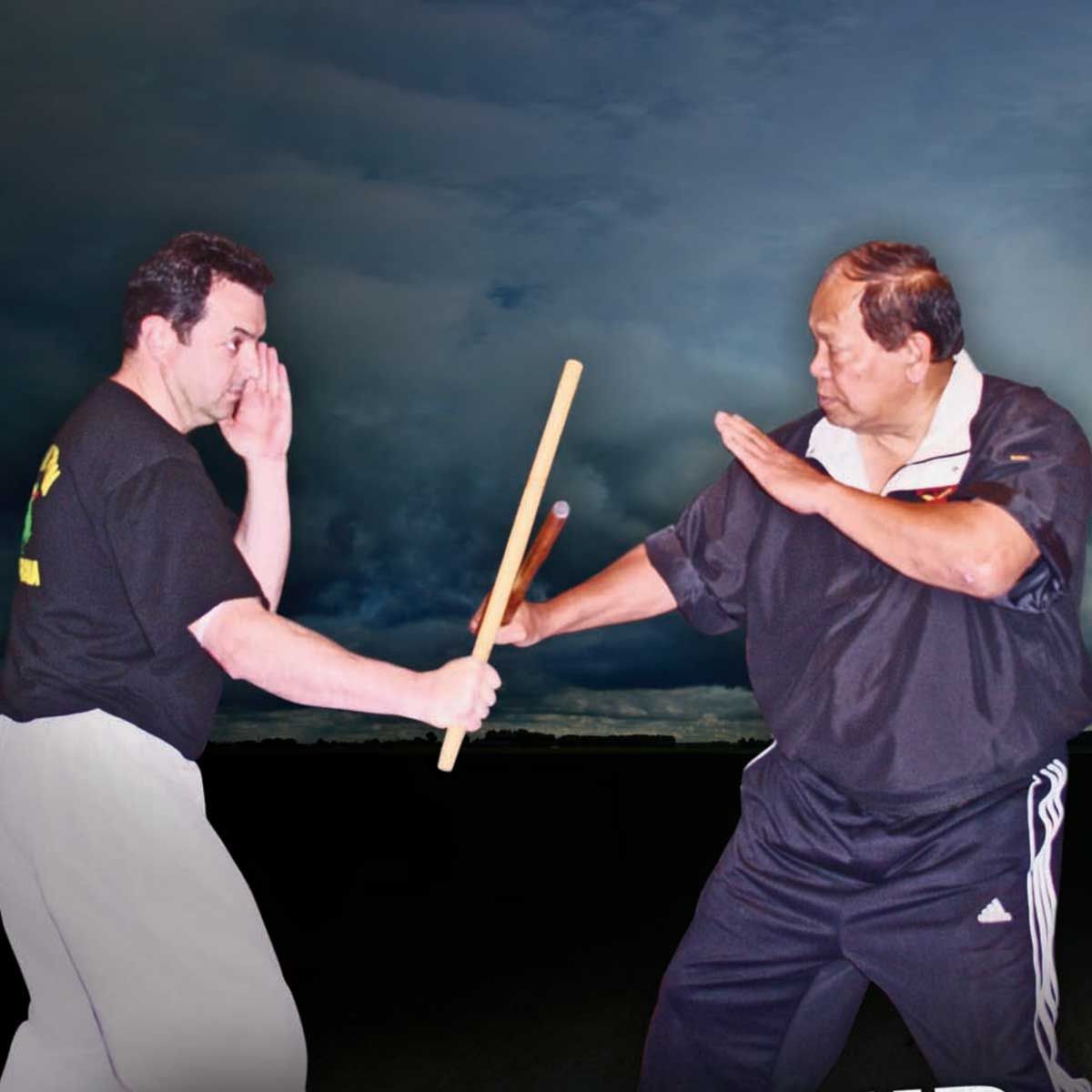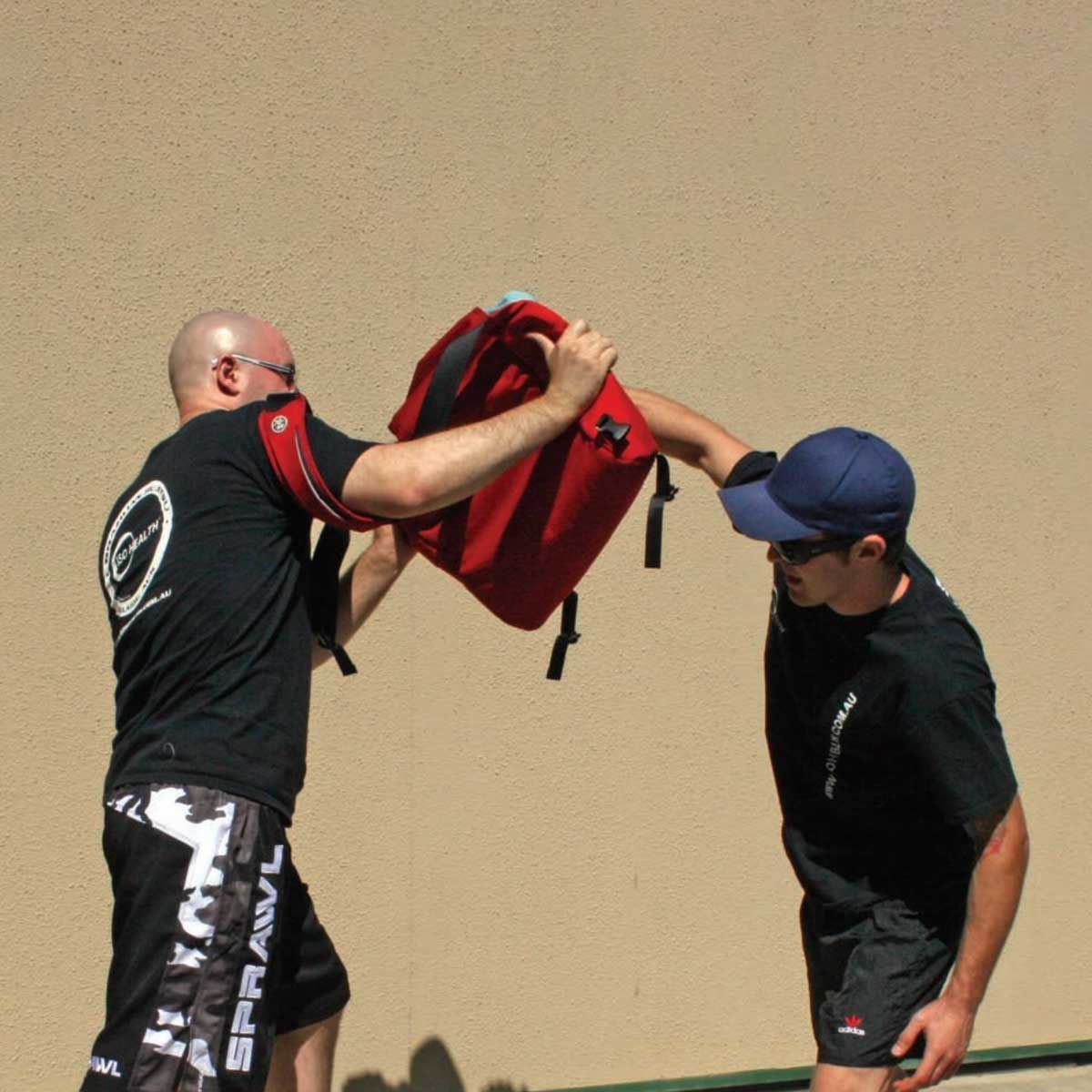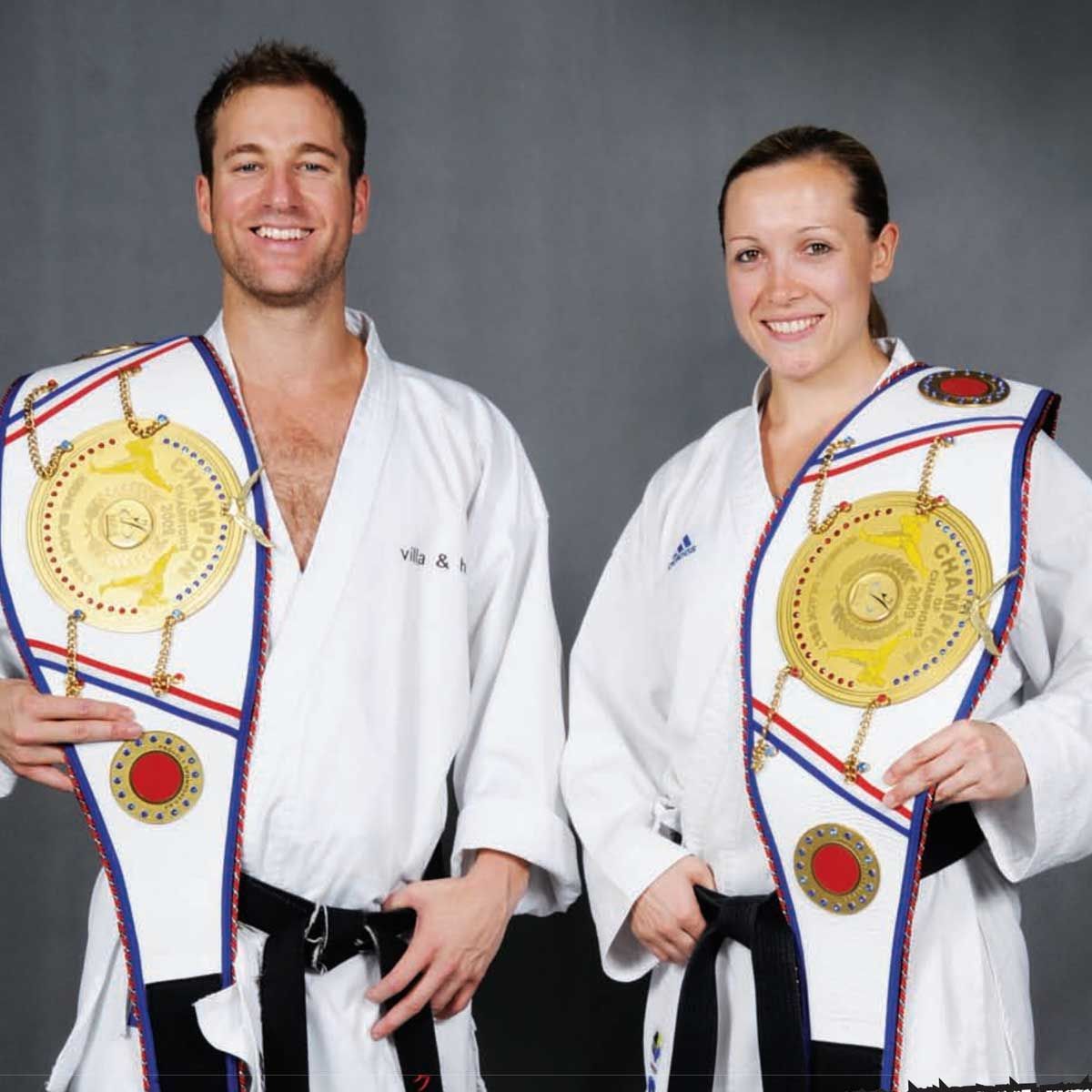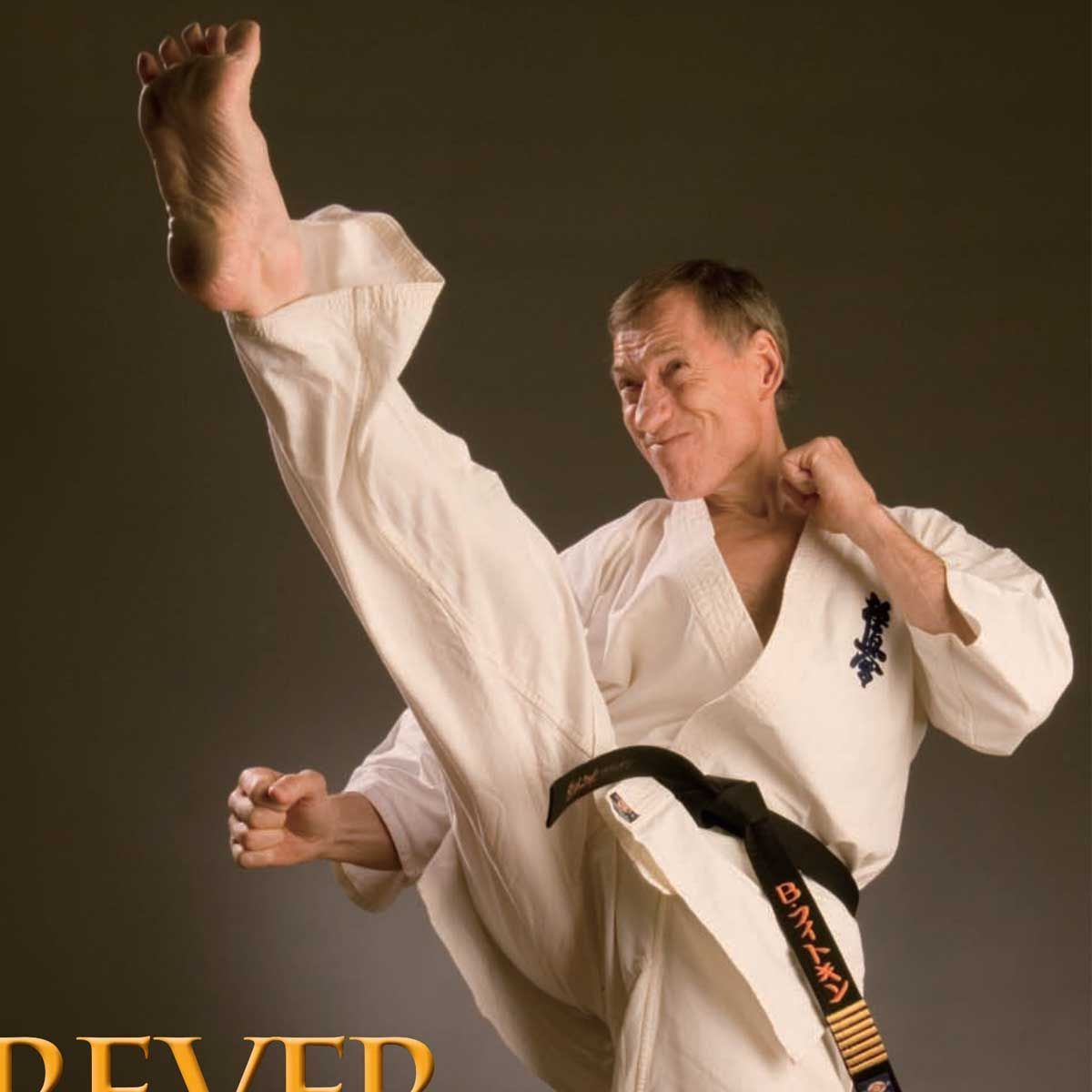SMASH THAT TARGET - Gary Martin
Sifu Gary Martin offers a drill to increase the accuracy and potency of your strikes for self-defence.

THE TRAINER
Da Shi Gary Martin has been teaching a street-oriented mix of Hsing-I, pa qua [bagua] and tai chi for 30 years. A master of all three of these Chinese kung fu styles, Martin runs the Gary Martin Kung Fu Centre in Sydney’s west with his wife Julie, also a master instructor.
THE DRILL
At the Gary Martin Kung Fu Centre, accuracy and speed are paramount. Being focused on street defense, the training isn’t limited in the range of strikes used, but we do categorise strikes into low-, medium- and high-threat levels. Low-threat means arm-locks, etc.; medium threat brings out hard punching and kicking skills, whereas high-threat is all-out, life-saving techniques such as strikes to the eyes, throat, groin, etc.
To rely on these, you need a level of instinctive target recognition from practising drills like this one over and over. To practice the drill you’ll need two people; one attacking while the other provides the targets. Determine which level of threat you’re training for — in the example of the drill shown here, I’m on on high-threat mode. Even though this is a non-contact drill for speed and accuracy, you should still use full shoulder and hip power in your strikes and stop right at the target. Each partner has about 10 turns each before swapping.
THE RESULT
Drills like this enhance your ability to recognise a target and hit it with the most appropriate hand strike. In the heat of a serious knife attack or multiple-opponent attack, this ingrained skill can save your life. In martial arts competitions, the two contestants are usually matched for size and weight, but not so in the street. Size disparity can be huge, as can the number of attackers on you at once, so you need to make each strike count. □
Blitz Martial Arts Magazine, JANUARY 2010 VOL. 24 ISSUE 01













